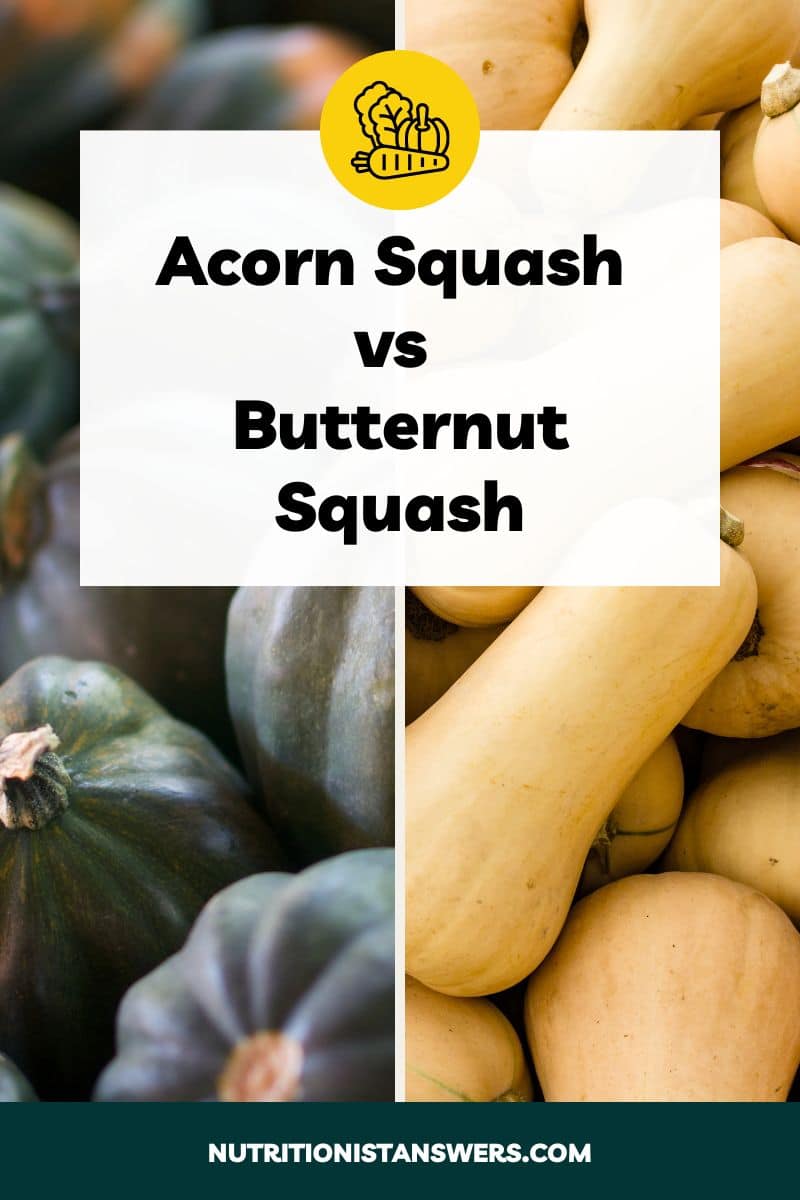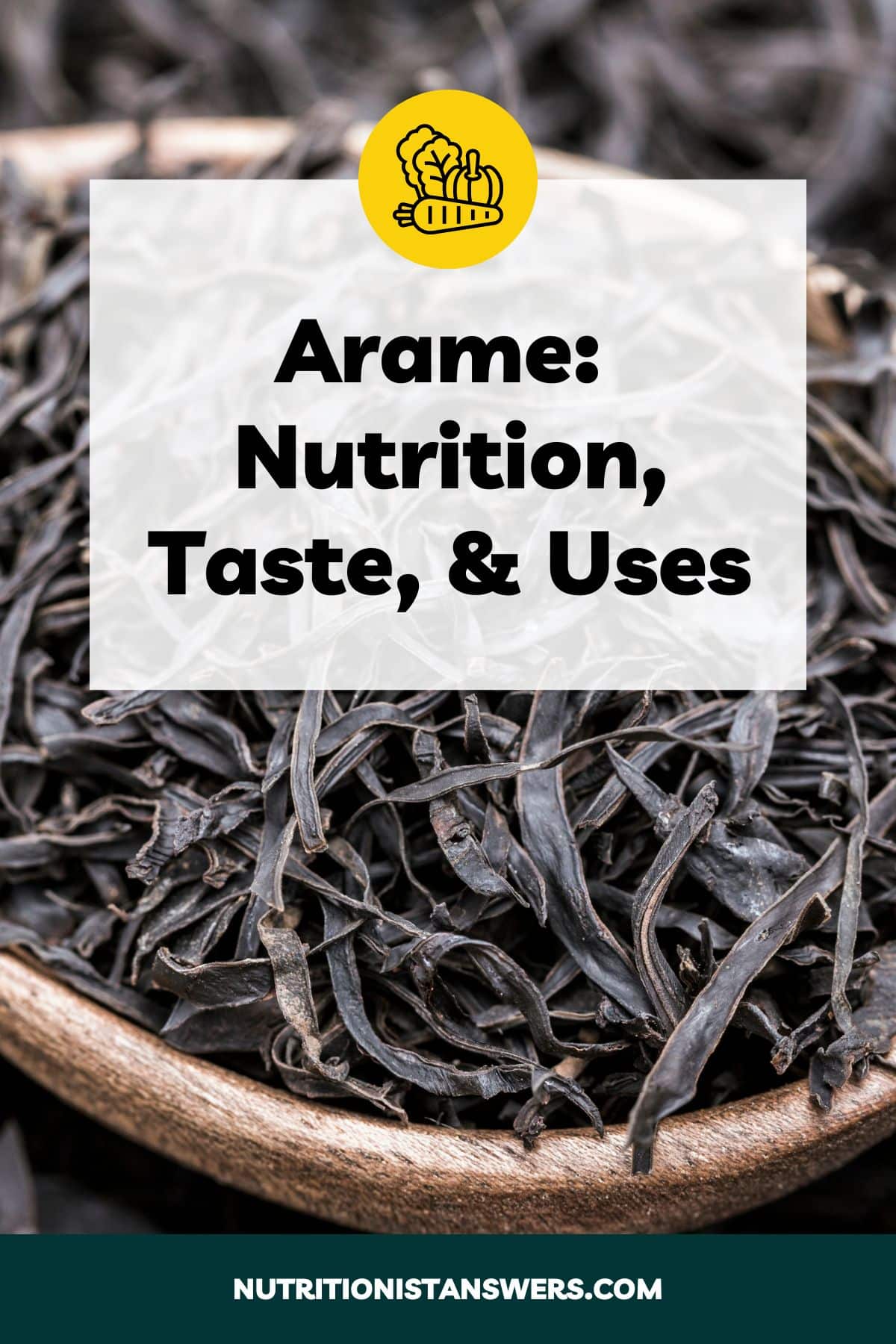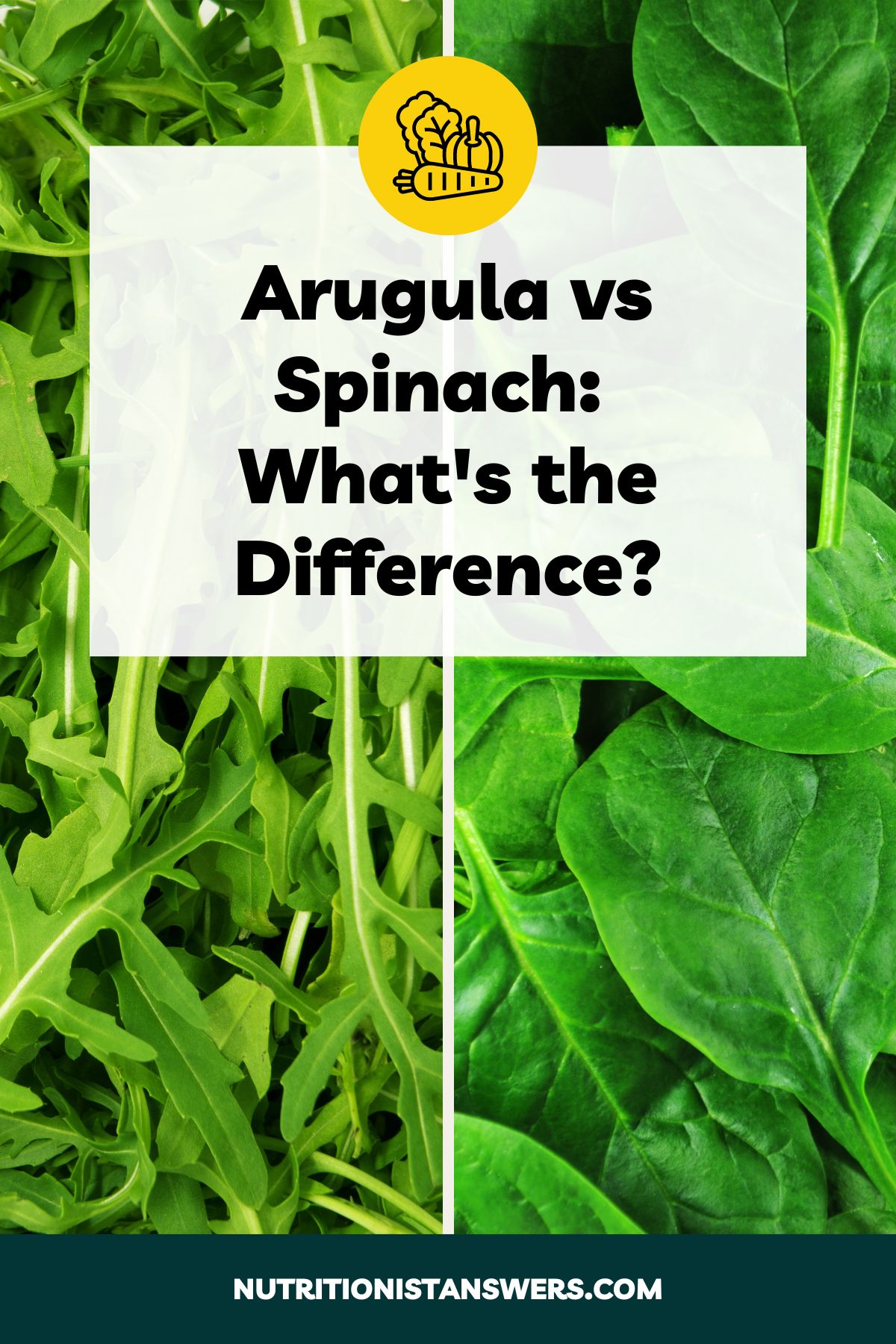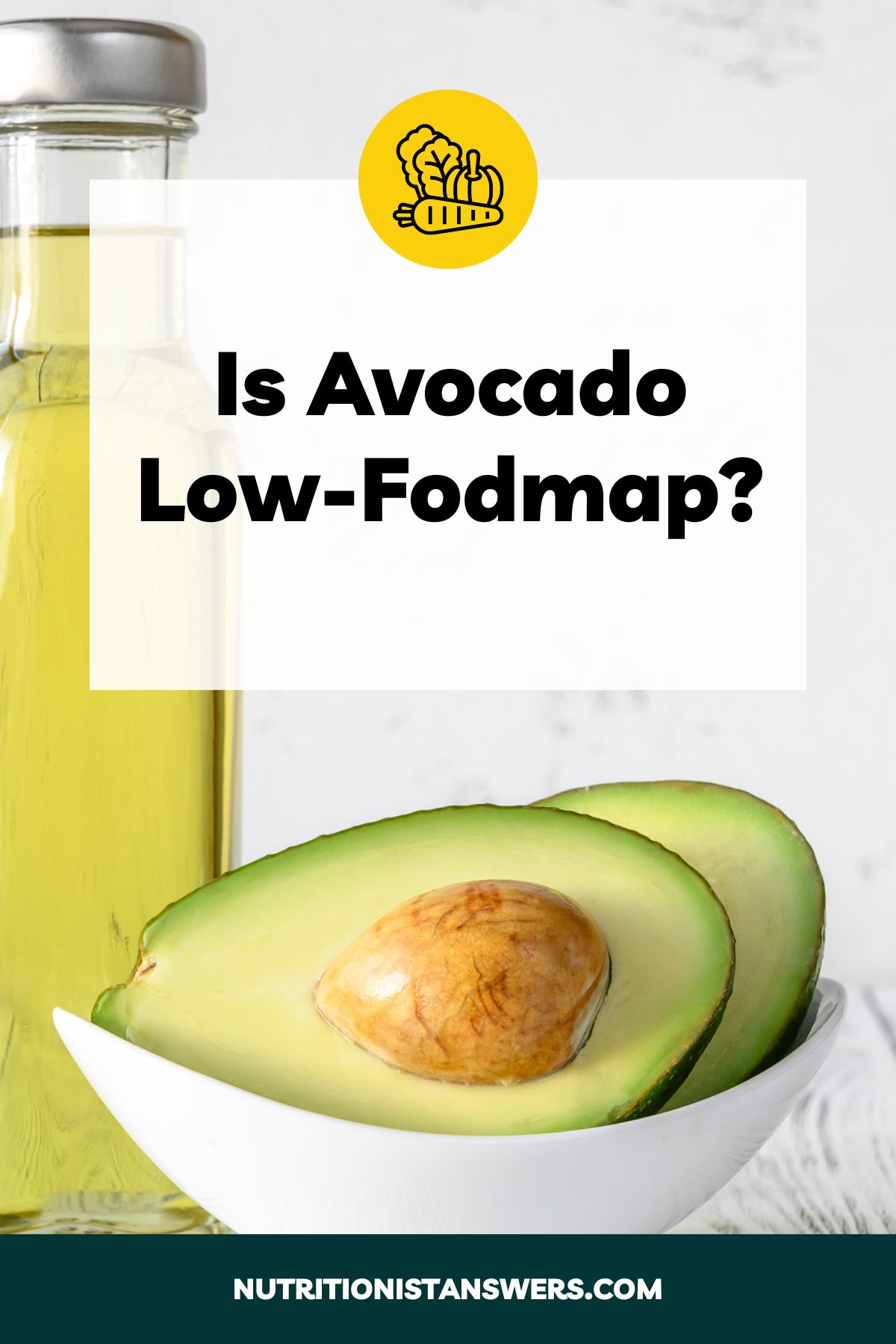Acorn squash and butternut squash are two different varieties of winter squash within the Cucurbita (gourd) family.
These squashes have similar characteristics, but there are a few differences in flavor, texture, and nutrition that are worth noting.
In this article, we’ll explore the similarities and differences between acorn squash and butternut squash so you can decide which one is best for your preferences and cooking needs.
Please note that this article contains affiliate links. If you click one of these links and make a purchase, we may earn a commission. As an Amazon Associate, we earn from qualifying purchases.
What is acorn squash?
Acorn squash is a type of winter squash and variety of Cucurbita pepo, a species of squash that includes zucchini, yellow squash, and pumpkin (1).
Acorn squash is relatively small (4 to 5 inches across) and acorn-shaped with moderately thick skin ranging in color from dark green to bright orange, depending on its ripeness level.
Inside, it is filled with edible seeds and firm, yellow-orange flesh that has a soft, fibrous texture and sweet, nutty flavor.
Native to North America, acorn squash has been used by Native Americans for centuries and was traditionally boiled in water, baked over a fire, or added to stews and cornbread (2, 3).
Acorn squash is readily available in the United States, where it can be found at health food stores, farmers’ markets, and most supermarkets.
This delicious vegetable is often sliced and roasted with herbs and spices, or cut in half, baked, and stuffed with beans, grains, and meat.
What is butternut squash?
Butternut squash is a type of winter squash and variety of Cucurbita moschata, which also includes winter crookneck and golden cushaw squash (4).
It is medium-sized (8 to 12 inches in length) and cylindrical with a bulb-shaped end and moderately thick tan-colored skin.
Butternut squash’s bright orange flesh is tender, smooth, and moist when cooked and tastes sweet and nutty, similar to sweet potatoes. Its edible seeds are typically scooped out before cooking.
It is believed that butternut squash originated in Massachusetts in the 1940’s as a result of crossing varieties of pumpkin and gooseneck squash (5).
In the United States, butternut squash is widely available and can be found at most grocery stores year-round.
Butternut squash can be roasted, steamed, boiled, mashed, or pureed into soups and sauces. It is especially delicious in breakfast hashes, pasta dishes, and curries.
Acorn squash vs butternut squash
Acorn squash and butternut squash are both winter squashes with similar sweet and nutty flavors, although acorn squash tends to be milder.
Butternut squash is larger and has smooth, moist flesh with a buttery mouthfeel, while acorn squash is smaller and has a denser, more fibrous texture.
Acorn squash has roughly 40% more calories and carbohydrates than butternut and about 30% more fiber, but both squashes are low in protein and fat.
Butternut squash is uniquely high in vitamin A, while acorn squash is an excellent source of thiamin (vitamin B1). Both are good sources of vitamin C.
Here’s a more detailed review of how they compare in both flavor and nutrition:
Flavor comparison
Acorn squash tastes earthy, nutty, and slightly sweet.
Butternut squash has a similar flavor but tends to be sweeter and buttery, and is sometimes described as a cross between sweet potatoes and pumpkin.
Texture-wise, butternut squash has a much smoother, almost buttery mouthfeel, while acorn squash is a little more dense, fibrous, and sometimes stringy.
Both squashes pair well with seasonings like brown sugar, woody herbs, and warm spices, and can be used in a variety of sweet and savory dishes including pureed soups, pasta dishes, and baked goods.
Nutrition comparison
Here’s a side-by-side comparison of the calorie and macronutrient content of cooked acorn squash and butternut squash, based on a 1-cup (205-gram) serving size (6, 7):
| Nutrient | Acorn squash (baked) (205g) | Butternut squash (baked) (205g) |
| Calories | 115 | 82 |
| Protein | 2.3 grams | 1.8 grams |
| Fat | 0.3 grams | 0.2 grams |
| Carbohydrates | 30 grams | 22 grams |
| Fiber | 9 grams | 7 grams |
Calories
Acorn squash provides 40% more calories than butternut squash. There are 115 calories in a 1-cup (205-gram) serving of cooked acorn squash, compared to 82 calories in an equal portion of cooked butternut squash.
Protein
Both acorn squash and butternut squash are considered low-protein foods, each providing around 2 grams of protein per serving.
Fat
Like most starchy vegetables, acorn squash and butternut squash are very low in fat. Both squashes offer less than 0.5 grams of fat per serving.
Carbohydrates
Acorn squash is 36% higher in carbohydrates than butternut squash. There are 30 grams of carbs per serving of acorn squash, compared to 22 grams in butternut squash.
Vitamins and minerals
Here’s a side-by-side comparison of the vitamin and mineral content of cooked acorn squash and butternut squash, based on a 1-cup (205-gram) serving size (6, 7):
| Nutrient | Acorn squash (baked) (205g) | Butternut squash (baked) (205g) |
| Vitamin A | 43 mcg RAE (5% DV) | 1140 mcg RAE (127% DV) |
| Vitamin B1 (Thiamin) | 0.34 mg (28% DV) | 0.15 mg (13% DV) |
| Vitamin B2 (Riboflavin) | 0.03 mg (2% DV) | 0.04 (3% DV) |
| Vitamin B3 (Niacin) | 1.8 mg (11% DV) | 2 mg (13% DV) |
| Vitamin B5 (Pantothenic acid) | 1 mg (20% DV) | 0.7 mg (14% DV) |
| Vitamin B9 (Folate) | 39 mcg (10% DV) | 39 mcg (10% DV) |
| Vitamin B12 (Cobalamin) | 0 mcg (0% DV) | 0 mcg (0% DV) |
| Vitamin C | 22 mg (25% DV) | 31 mg (34% DV) |
| Vitamin D | 0 mcg (0% DV) | 0 mcg (0% DV) |
| Vitamin E | Not listed | 2.6 mg (17% DV) |
| Vitamin K | Not listed | 2 mcg (2% DV) |
| Sodium | 8 mg (<1% DV) | 8 mg (<1% DV) |
| Potassium | 896 mg (19% DV) | 582 mg (12% DV) |
| Calcium | 0.2 mg (<1% DV) | 84 mg (6% DV) |
| Phosphorus | 92 mg (7% DV) | 55 mg (4% DV) |
| Magnesium | 88 mg (21% DV) | 59 mg (14% DV) |
| Iron | 1.9 mg (11% DV) | 1.2 mg (7% DV) |
| Zinc | 0.4 mg (4% DV) | 0.3 mg (3% DV) |
| Copper | 0.18 mg (20% DV) | 0.13 mg (14% DV) |
| Manganese | 0.50 mg (22% DV) | 0.35 mg (15% DV) |
| Selenium | 1.4 mcg (3% DV) | 1 mcg (2% DV) |
Overall, acorn squash is higher in most minerals (except for calcium), while butternut squash is higher in most vitamins (except for thiamin and pantothenic acid).
Acorn squash is an excellent source of magnesium, copper, manganese, and potassium, providing around one-fifth of your daily needs for these minerals in a single 1-cup serving.
On the other hand, butternut squash is uniquely high in vitamin A (127% DV) and also serves as a good source of vitamins C and E, along with several B vitamins.
Available forms
1. Fresh (acorn and butternut)
Both acorn squash and butternut squash are available year-round at most grocery stores and can also be found at farmers’ markets throughout the fall and winter.
While acorn squash is typically only available whole, butternut squash is often available both whole and pre-cut.
2. Frozen (butternut only)
Many grocery stores carry frozen butternut squash, either diced or processed into noodle-like spirals. Green Giant is a popular brand that offers frozen spiralized butternut squash.
Unfortunately, we weren’t able to find any frozen acorn squash products online.
3. Canned puree (butternut only)
Butternut squash can also be purchased as canned puree, which is great for making soups or baked goods.
Final thoughts
Acorn squash and butternut squash are both delicious winter squashes with sweet, nutty flavors and can be used in a variety of sweet and savory dishes.
Butternut squash tastes sweeter and has a very smooth and buttery mouthfeel, while acorn squash is milder and has a denser, more fibrous texture.
Nutritionally, acorn squash is higher in calories, carbohydrates and minerals, while butternut squash is higher in most vitamins, especially vitamin A.
No matter which you choose, both acorn and butternut squash make delicious and nutritious additions to your diet.
Amy Richter is a Registered Dietitian Nutritionist based in Missouri. She is an experienced nutrition writer and medical advisor for Healthline and Medical News Today. Amy is passionate about all things food-related and enjoys translating complex science into easy-to-understand articles.





